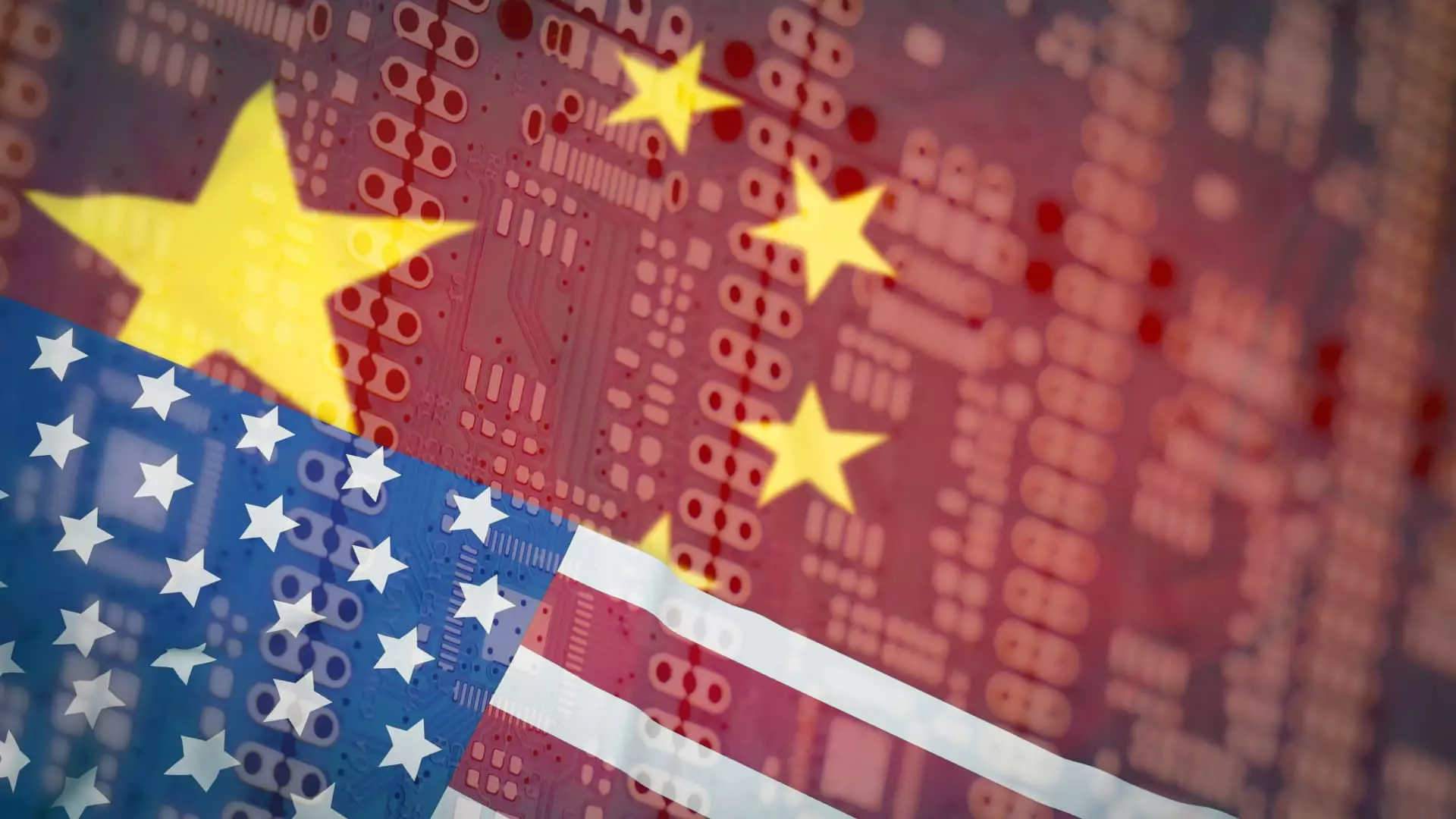Generative artificial intelligence has been making waves globally, with big U.S. companies like OpenAI, Alphabet’s Google, and Meta leading the pack. However, China’s tech giants, including Alibaba, Tencent, Baidu, Huawei, and ByteDance, have also jumped on the bandwagon, launching their own AI models in the past 18 months. This article delves into the Chinese AI landscape, examining the key players and their contributions to the field.
While China has been historically viewed as playing catch-up to the U.S. in terms of technology, the country’s aspirations to become a world leader in AI have added a new dimension to the ongoing tech battle. The emergence of generative AI applications, such as OpenAI’s ChatGPT, which can generate text, images, and videos based on user prompts, has intensified the competition. These applications are powered by large AI models trained on vast amounts of data, akin to Google’s Gemini, leading to a race to develop cutting-edge technology.
Baidu, one of China’s largest internet companies, was among the pioneers in launching generative AI applications. The company’s model, Ernie Bot, is an AI chatbot designed to compete with OpenAI’s ChatGPT and boasts 300 million users. Baidu’s latest version, Ernie 4.0, is on par with OpenAI’s GPT-4 in terms of capabilities, including understanding and reasoning. By offering its AI model through its cloud computing division, Baidu has made significant strides in the AI space.
Last year, Alibaba introduced its foundational models, Tongyi Qianwen, abbreviated as Qwen, which cater to various tasks. These models can generate content, solve math problems, understand audio inputs, and provide text-based outputs. Some versions of Alibaba’s Qwen models are open-source, allowing developers to utilize them with certain restrictions. With over 90,000 enterprise users deploying its models, Alibaba has made a notable impact in the AI arena.
Tencent, another key player in China’s tech landscape, rolled out its foundational model, Hunyuan, which offers strong Chinese language processing abilities and advanced logical reasoning. Accessible through Tencent’s cloud computing business, Hunyuan supports functions like image creation and text recognition. Positioned as a versatile model for industries ranging from gaming to e-commerce, Hunyuan reflects Tencent’s commitment to innovation in AI.
In contrast to its counterparts, Huawei has taken a targeted approach with its Pangu AI models, catering to customers in specific industries like government, finance, manufacturing, mining, and meteorology. For instance, Huawei’s Pangu Meteorology Model can predict the trajectory of a typhoon in a fraction of the time it took previously. These industry-specific models, available through Huawei’s cloud computing business, also boast generative features like code generation and virtual human avatars.
Despite entering the AI race later than its competitors, ByteDance, the company behind TikTok, introduced its AI model, Doubao, this year. Unlike other companies, ByteDance priced its model competitively, offering features like voice generation and code generation at a lower cost. The Doubao model aims to bridge the gap and enhance ByteDance’s AI capabilities in a rapidly evolving landscape.
Overall, China’s tech giants have made significant strides in the field of generative AI, leveraging their resources and expertise to develop innovative models that cater to diverse industries and applications. As the competition heats up between China and the U.S., these advancements underscore the country’s commitment to fostering AI innovation on a global scale.


Leave a Reply
You must be logged in to post a comment.